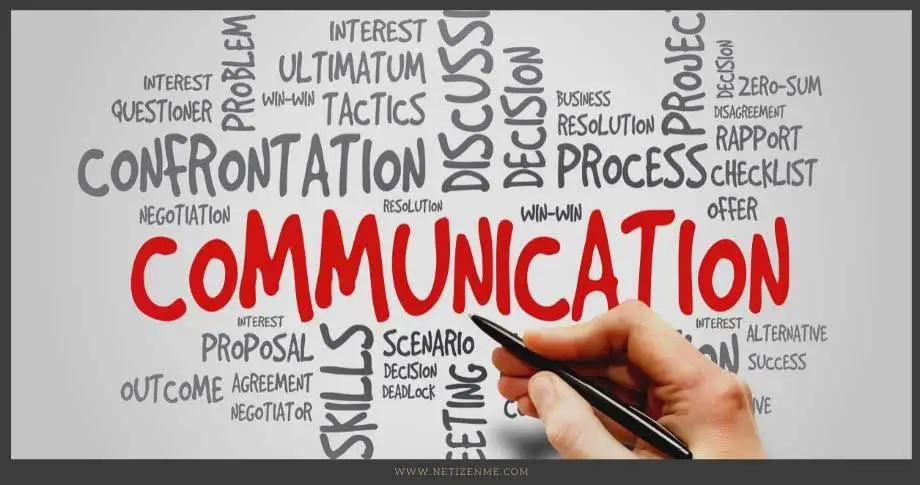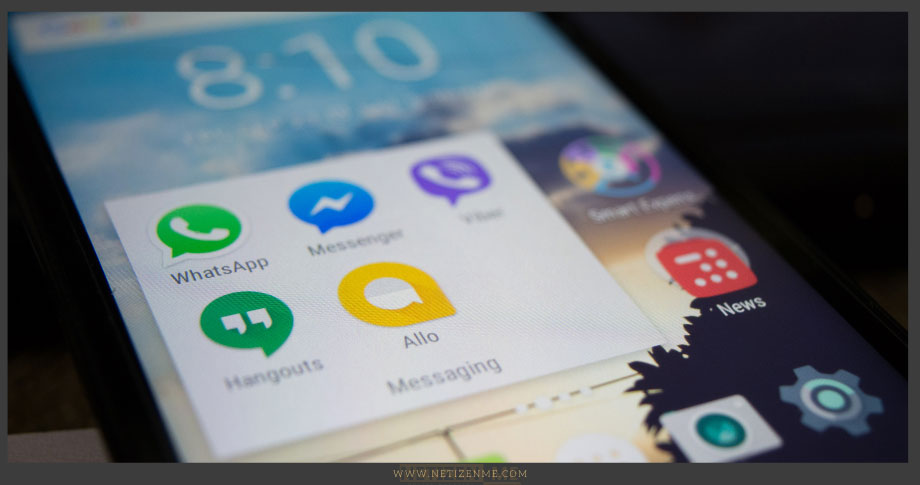Communication is one of the simplest yet most complicated topics in the lives of humans. The understanding of this concept shows that it is indeed a whole art. It is divided into various aspects writing, reading, speaking, and listening. The deal is that for the process of communication to be effectively achieved, there have to be at least two parties involved. Going further, we will be exploring the different forms of communication.
The Five Contexts of Communication
What are the 5 contexts of communication?
Intrapersonal
This is the act of communicating with one’s self. (Lewison, 2020) Yes, you got that right; you can communicate with yourself. This may seem like counter-stating what was mentioned earlier about two parties being involved in communicating. In this case, the two parties would be you and your mind. You would agree that sometimes you find yourself muttering words or probably having an inner argument with yourself about that tweet you saw or the post on Instagram. That right there is intrapersonal communication.
For example, you are in the midst of a conversation, and unconsciously, your mind begins to wander to work you must attend to or some unfinished business you have.
Interpersonal
This is defined as communication between two people (Lewison, 2020). In this instance, communication is not limited to speaking alone; it includes gestures, facial expressions, writing, reading, chatting, and even emojis.
Examples include confiding in a friend, asking a stranger for help, or a simple business transaction. It is the back-and-forth of exchanging information between two people.
Group
A vast majority of people may not be big fans of group communication, and this is because it involves more than two people. As such, it requires some maturity to achieve true communication effectively. In this case, an example is several students coming together to achieve the same goal, maybe for a class tutorial or a group of friends having a discussion trying to catch up on how their day went.
Public
More often than not, public communication is mistaken for group communication. Public communication occurs when a party does most of the talking, and the other party listens actively (McLean, S., 2010).
Examples may include conferences and religious or political gatherings. For instance, you have a Pastor or Imam preaching to the congregation in a church or mosque. That’s one form of public communication.
Mass
This is a form of communication that does not discriminate. However, to be exact, this is the type of communication where the primary aim is to pass vital information to a community of people (McLean, S., 2010). A typical example is using media to disseminate information to the public regarding news, adverts, music, etc., using social media, print media (newspapers), or visual media (television).
Communication is one of the inevitable aspects of life, and like every form of learning, progress can be made on it. We believe you now have a clearer picture of this concept and that this information is equally helpful in your everyday living.
Easily create invoices using an invoice generator.
Check the following to read more about The Five Contexts of Communication:
- Lewison, K. (2020, May 11). Interpersonal Vs. Intrapersonal: Keys To Communicate. University of the People. Retrieved from (URL)
- McLean, S. (2010). Business Communication for Success. The Saylor Foundation. Retrieved from (URL)
- The Power of Constructive Feedback

- 20 Powerful Email Opening Lines for Professional Communication

- Tips to Make Your Business Emails More Engaging

This article is written by:
Our professional writers and editors are passionate about sharing high-quality information and insights with our audience. We conduct diligent research, maintain fact-checking protocols, and prioritize accuracy and integrity to the best of our capacity.
You can cite our articles under the author name "Netizenme"








